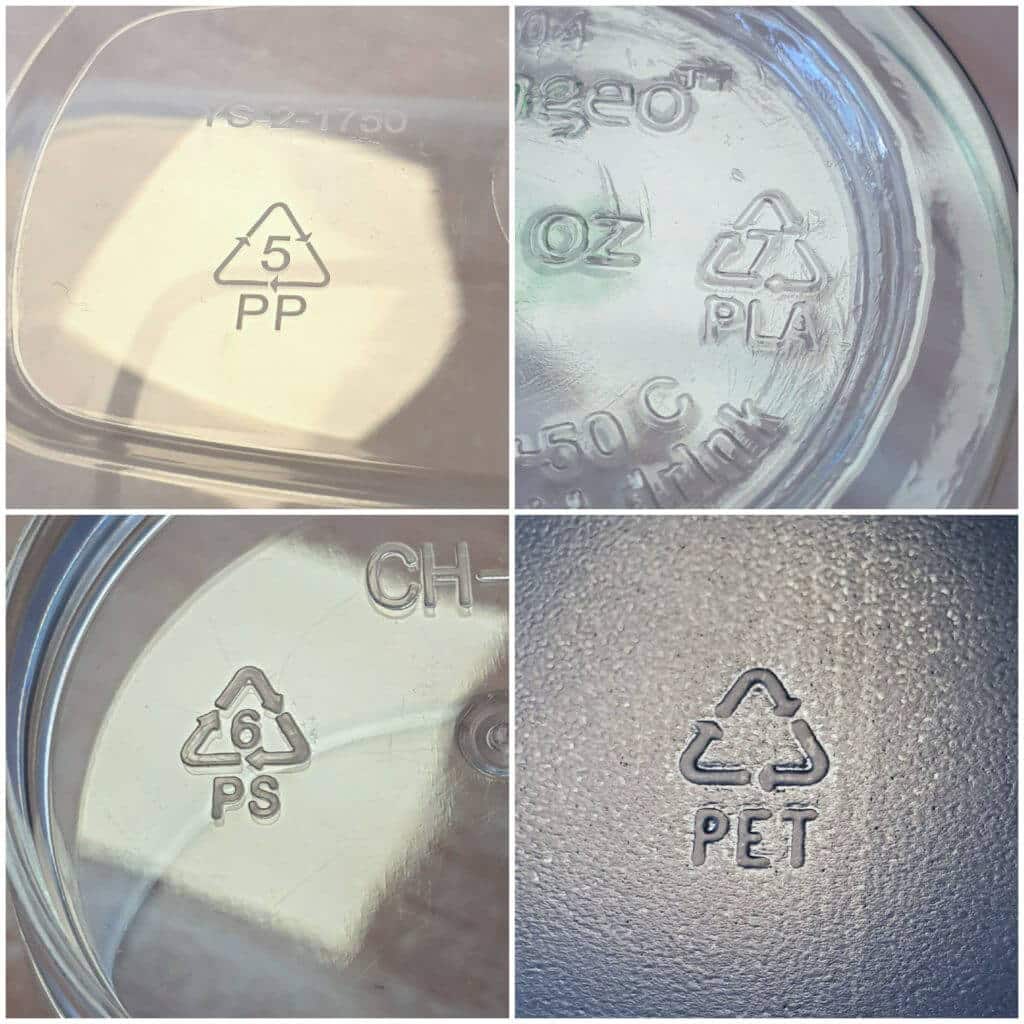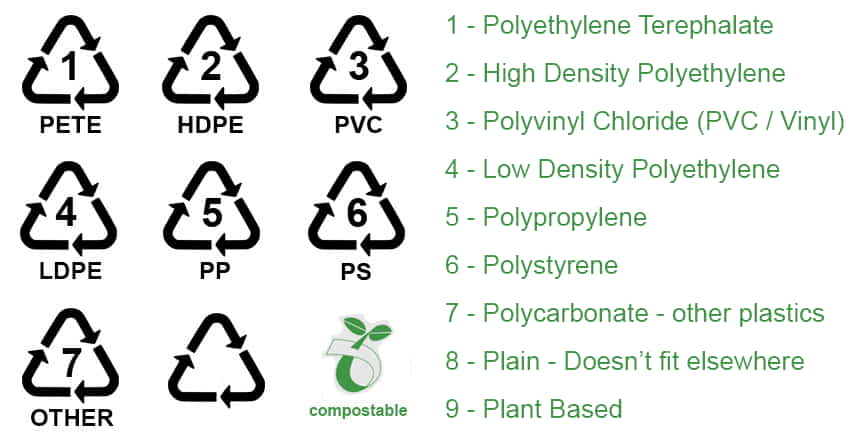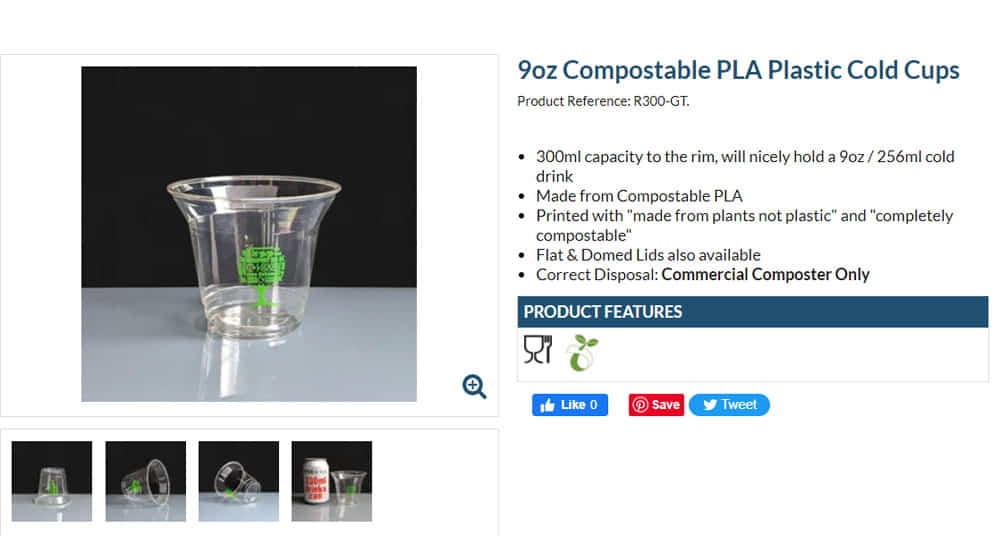There are some common myths concerning the disposal of food packaging, you may see the term “widely recyclable” or “widely considered biodegradable” on your electronic travels, and it should offer much comfort that you, the buyer are making an educated decision about the credentials of that container you need for that thing that you cook. Sound familiar? We’ve noticed the drive towards a leaner, greener life gathering momentum in the past 4-5 years so it’s time to look at exactly what is going on in the food packaging industry in 2022. (For anyone still unconvinced that this is a permanent step change, please look up the FPA and their work on the implications of the plastics tax)

So I just mentioned plastic and technically this is the easiest of all packaging to recycle. Turn it upside down and look for the recycling symbol. In one easy step you know what it’s made of and what number bin to put it in when you’re done. Finding the correct bin is a different thing entirely, but it’s a good starting point and information you can pass on to end users.
Recycling symbols and their meanings

If only it were that straight forward. When was the last time you saw a PVC bin? (the one with the 3 on it) Ironic really, as this is a Polyvinyl Chloride or PVC / Vinyl recycling bin. Not hard to see why the pavements were littered with disposable vinyl gloves is it?
And this is why we have the problem. Almost all plastic is a bi-product of the oil industry and it’s criminal to use something like a takeaway container only once when it’s manufactured from a material that is slowly but surely running out. (Let’s not even go there with the cost of a barrel of oil) That plastics tax I mentioned earlier on is a levy designed to encourage Uk manufacturers to switch to something more sustainable like plant based packaging rather than importing something cheap and plasticy from miles away. Whether this means sourcing raw material like rPET (recycled PET) or moving away from plastic altogether and switching focus to more sustainable options like Bagasse or PLA remains to be seen.
Bagasse is a by-product of the sugar industry and a shining example of taking a waste product and turning it into something awesome like a Burger Box or bowl. As it’s plant based, the common thought is that it is home compostable, seeing as it’s made of plants and can therefore be chucked behind the shed in what we all loosely term “the compost heap”
Nope. This is one of the biggest misconceptions of all out there! Bagasse / Sugarcane packaging needs to be disposed of at any local recycling centre that has access to a commercial composter. Now that paints a different picture, doesn’t it? Searching the web for a list of commercial composters isn’t straightforward to say the least.
PLA or Polylactic Acid starts life as plant based, often cornstarch, sugarcane or sugarbeet pulp. It’s great for cold products like these half pint glasses and can be chemically / mechanically recycled, commercially composted and even incinerated. It contains no heavy metals or chlorine so when combusted it leaves nothing harmful behind.
rPET takes a different approach – products like our Anson Fresco Salad Containers and Bento boxes are manufactured from recycled PET and the packaging can also be recycled after use. The energy used to manufacture them is also powered by 100% renewable energy resources. Truly green sustainable credentials indeed.
Our responsibility as food packaging suppliers
In this respect, we have one key responsibility – to accurately display the information you need to make an informed choice. That’s it. If a products’ recycling credentials are top of your list, companies like us must be honest. Our product listings have been updated recently, so all the information you need is now easy to find. Our website updates aren’t quite finished (no website ever is) but we now clearly display product materials and correct disposal methods on essential product lines.

In a nutshell, you can categorise packaging as follows:
- Plastic “can” be recycled but lots of it ends up in landfill where it does nothing for years.
- Plant based packaging is most likely made from a sustainable source but most of it requires a commercial composter to recycle.
- Compostable sounds good, but see above. The majority needs commercial facilities to correctly break down after use.
- Biodegradable products are few and far between, but some do exist!
Technology moves on at a rapid pace, but until then, we are waiting for the infrastructure relating to the disposal of food packaging to catch up. Until then, ask questions from your supplier, they should be clued up by now.
Kate
